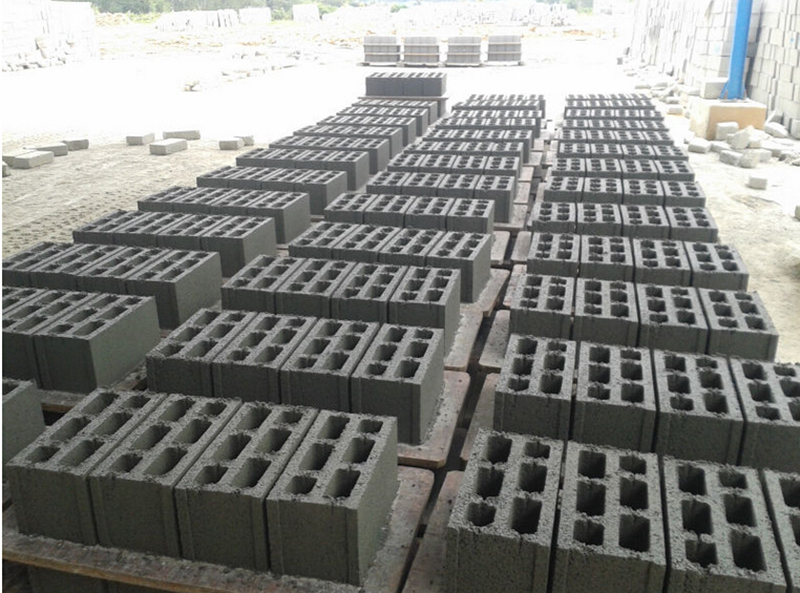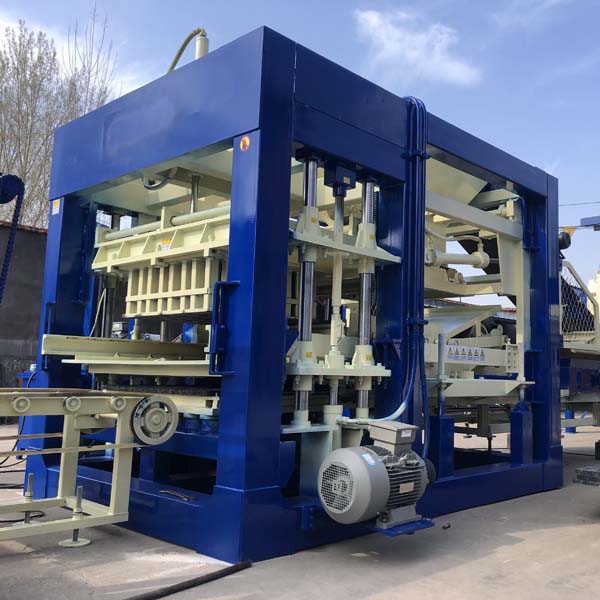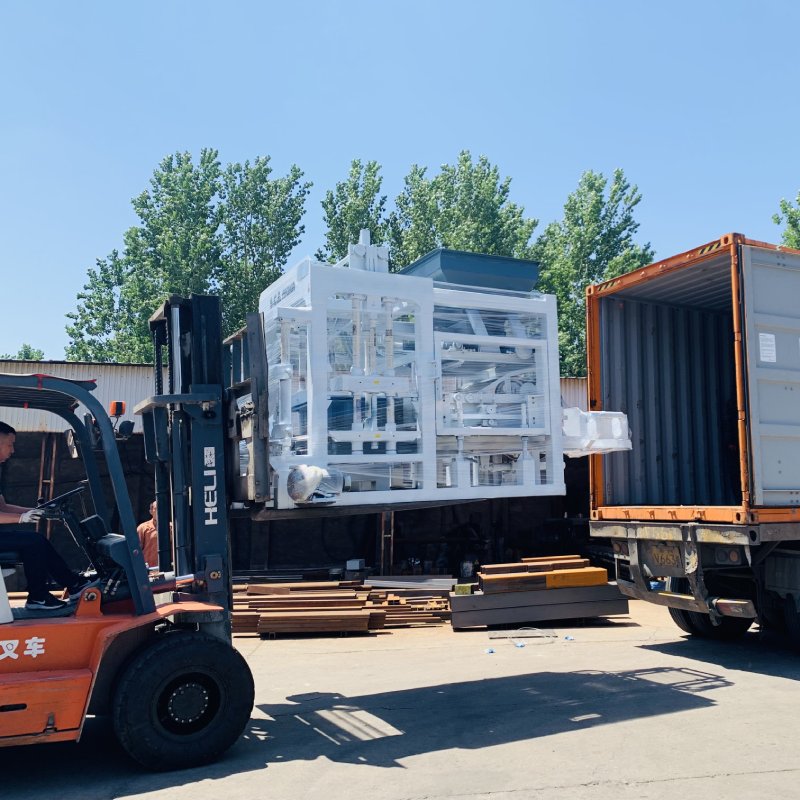
In the dynamic realm of block manufacturing, navigating the market intricacies requires a strategic approach that adapts to evolving trends and consumer demands. This exploration delves into innovative market development models, shedding light on the pivotal role played by brick-making machines in shaping the trajectory of block manufacturing enterprises.
Exploring Market Development Models for Block Manufacturing Enterprises
Understanding Market Dynamics
Before delving into market development models, it’s crucial to grasp the underlying dynamics that influence the block manufacturing landscape.
- Consumer Preferences: The preferences of consumers play a central role in shaping the market. Understanding the demand for specific block types, sizes, and features is essential for crafting a market strategy that resonates with target audiences.
- Regulatory Landscape: Compliance with industry regulations and standards is non-negotiable. Adhering to environmental and safety standards ensures the longevity and credibility of block manufacturing enterprises in a competitive market.
- Technological Advancements: The integration of cutting-edge technologies, particularly in brick-making machines, defines the level of efficiency, quality, and innovation a block manufacturing enterprise can bring to the market.
Exploring Market Development Models
Effective market development models for block manufacturing enterprises involve a combination of strategic elements that address the diverse needs of the industry.
- Diversification of Product Portfolio: One model involves expanding the product portfolio to cater to a broader range of construction needs. Offering a variety of blocks with distinct features, such as thermal insulation or eco-friendly compositions, positions the enterprise as a comprehensive solution provider.
- Geographic Expansion: Geographic expansion is a model that capitalizes on emerging markets. Identifying regions with growing construction activities and establishing a presence through distribution networks enables enterprises to tap into new opportunities.
- Collaboration and Partnerships: Collaborating with architects, builders, and construction firms fosters partnerships that drive mutual growth. By aligning with key stakeholders in the construction ecosystem, block manufacturing enterprises can influence specifications and create a demand for their products.
- E-commerce Integration: Embracing e-commerce is a modern model that enhances accessibility. Establishing an online presence enables direct interactions with consumers, streamlining the procurement process and providing a platform for showcasing product innovations.
The Crucial Role of Brick-Making Machines
At the heart of any successful market development model for block manufacturing enterprises lies the significance of advanced brick-making machines.
- Efficiency and Scale: Brick-making machines optimize production, ensuring efficiency and scalability. This is particularly vital when pursuing models that involve diversification or geographic expansion, as the demand for blocks increases.
- Innovation and Customization: The adaptability of brick-making machines allows for innovation and customization. Enterprises can respond to market demands by introducing new block designs, sizes, and features, providing a competitive edge in a rapidly evolving industry.
- Quality Assurance: Consistent quality is a hallmark of brick-making machines. Whether diversifying the product portfolio or expanding geographically, maintaining high-quality standards is essential for building and sustaining a positive market reputation.

Challenges and Mitigation Strategies
Embarking on market development models is not without challenges. Recognizing and addressing these challenges is crucial for successful implementation.
- Technology Adoption Barriers: Some enterprises may face challenges in adopting advanced technologies. Comprehensive training programs and ongoing support can bridge this gap, ensuring a smooth transition to automated processes.
- Market Entry Barriers: Entering new markets may be met with resistance. Developing strong relationships with local partners and understanding regional nuances can help overcome barriers and establish a foothold in untapped territories.
- Consumer Education: Educating consumers about the benefits of specific block features or innovations may be a challenge. Implementing targeted marketing campaigns and providing informative content can enhance consumer awareness and understanding.
Conclusion: Navigating a Dynamic Market Landscape
As block manufacturing enterprises explore diverse market development models, the importance of strategic integration of brick-making machines cannot be overstated. These machines serve as catalysts for efficiency, innovation, and quality assurance, driving the success of market strategies. By embracing advanced technologies and aligning with the evolving demands of the construction industry, block manufacturing enterprises can chart a course toward sustained growth, market leadership, and a prominent role in shaping the built environment of the future.

